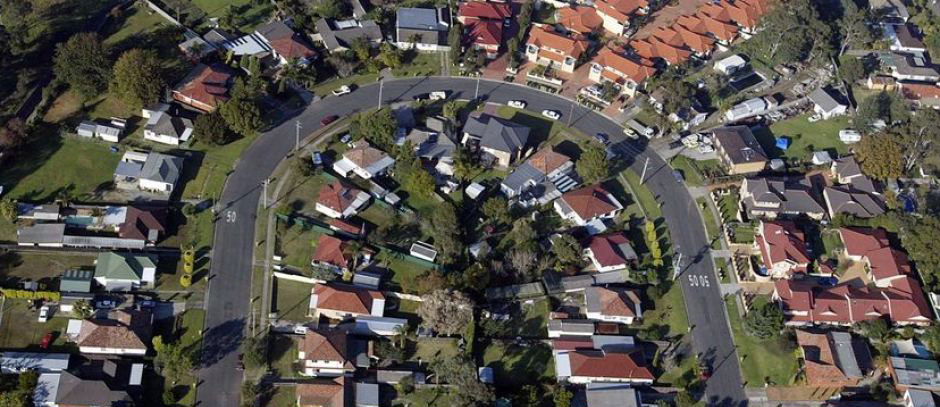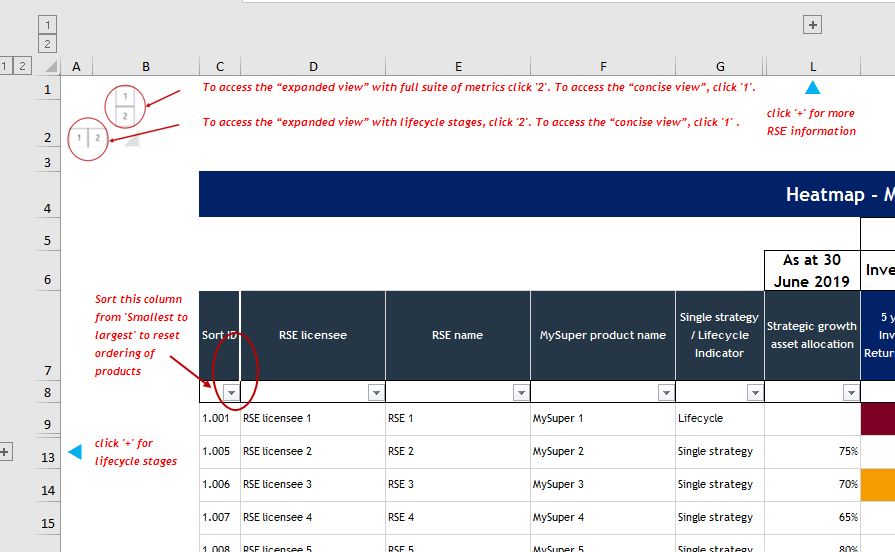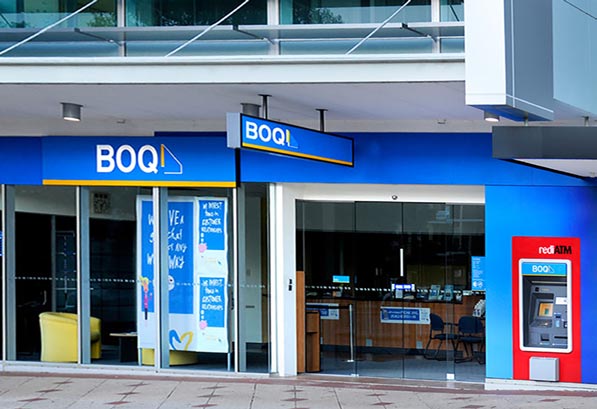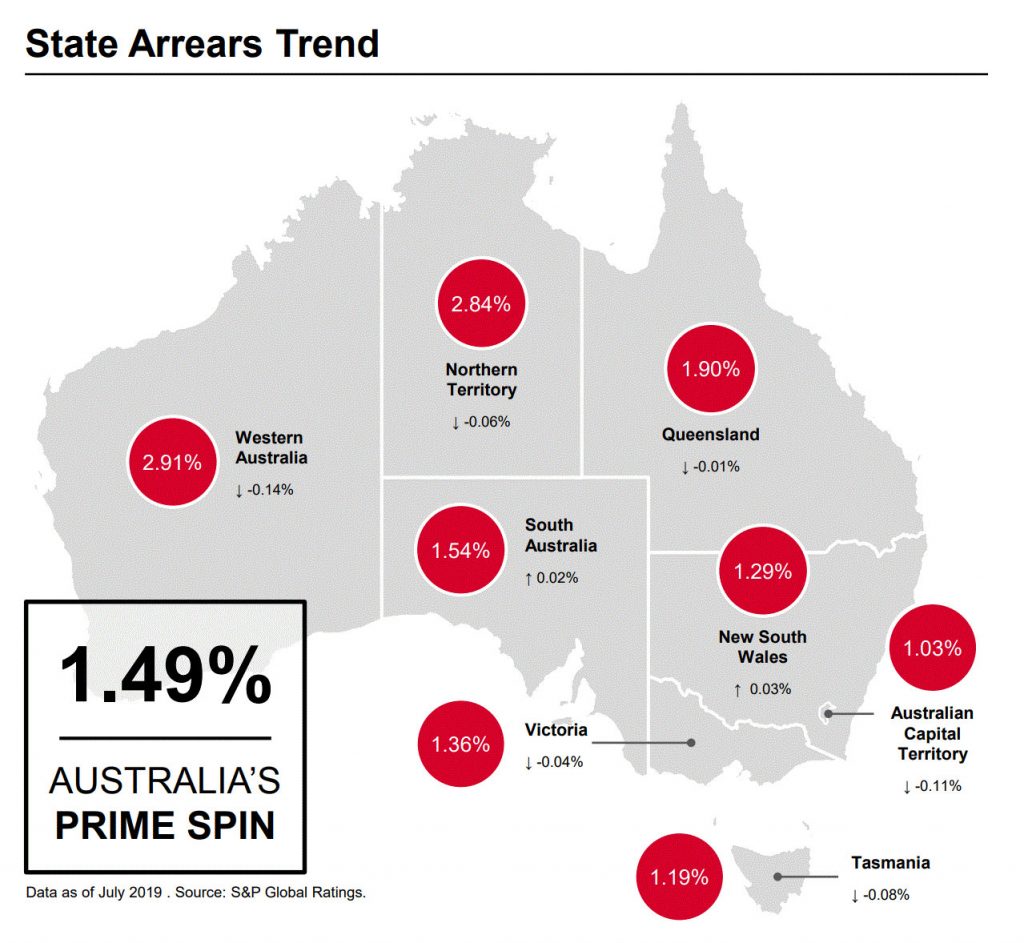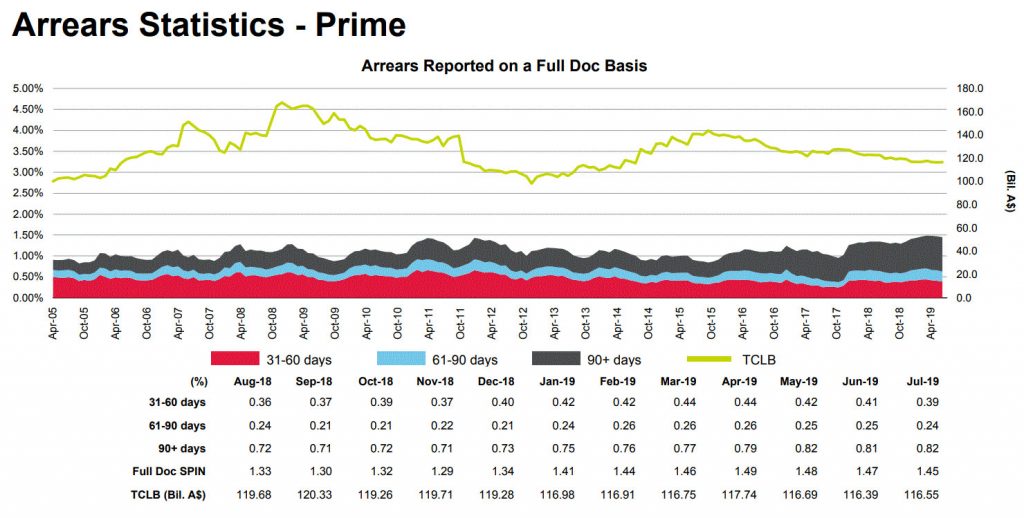Sharp fixed and variable rate home loan reductions are set to trigger a spike in refinancing applications through the broker channel, according to Aussie CEO James Symond. Via The Adviser.

Last week, the Reserve Bank of Australia (RBA) lowered the official cash rate by 25 bps from 0.75 per cent to 0.5 per cent – marking the fourth cut since June 2019 when the easing cycle commenced.
This followed a sharp turnaround in sentiment ahead of the RBA’s monetary policy board meeting, with analysts initially expecting the central bank to keep rates on hold.
Developments in the domestic and global economy are likely to have altered the RBA’s tone, with weak local market indicators and the coronavirus (COVID-19) outbreak rattling market confidence.
A host of lenders, including the big four banks announced variable home loan rate reductions in response to the cut.
Bendigo and Adelaide Bank is the latest lender to announce variable rate reductions, passing on the full 25 bps to new and existing customers, effective 27 March.
Bendigo Bank has also cut small business and overdraft variable rates by the full 25 bps, also effective 27 March.
“In an environment experiencing historically low rates, we have carefully evaluated our responsibility to borrowers and communities with the impact lower rates have on depositors, our business performance and all other stakeholders,” Bendigo Bank’s managing director, Marnie Baker said.
“At the same time, many customer and communities are facing a long recovery from bushfires and drought and coupled with the still largely unknown economic impacts from COVID-19, this decision aims to further support our home loan and business customers and our many communities nationwide.”
Adelaide Bank’s head of third-party banking, Darren Kasehagen, added: “These changes will have a direct and positive impact [on] what is a most uncertain time for our home loan customers.”
“The decision allows customers to take advantage of the lowest variable home loan rates that have been available for some time.
“As always, we carefully considered the impact on all stakeholders and the overall cost of funding in arriving at this decision.”
Macquarie Bank and ING, which were among the lenders to drop variable rates by the full 25 bps, have also announced sharp reductions to their fixed rate home loans.
Macquarie has dropped two and three-year fixed rates to as low as 2.64 per cent for owner-occupied borrowers paying principal and interest (P&I) and with a loan-to-value ratio (LVR) of less than 70 per cent.
Owner-occupied P&I rates have also been reduced to 2.74 per cent for four and five-year fixed rates for borrowers with an LVR of less than 70 per cent.
Meanwhile, ING has slashed its fixed rates to as low as 2.49 per cent for owner-occupied P&I borrowers with the Orange Advantage product (3.89 per cent comparison rate).
ING’s investor fixed rates have dropped to as low as 2.74 per cent (4.44 per cent comparison rate).
In light of record-low mortgage rates, Aussie Home Loans CEO Mr Symond has called on borrowers to consider refinancing to save on their repayments.
“I expect many fixed and variable mortgage rates will fall below 3 per cent over the next month,” he said.
“Borrowers should be exploring the market for competitive rates and speaking with a reputable mortgage broker.
“A decision to see a mortgage broker could save borrowers thousands of dollars and years off their repayments over the life of the mortgage.”
Mr Symond added that he is expecting refinance rates to spike beyond 30 per cent of new flows – as currently experienced by Aussie’s broker network.
“Now is a great time to refinance and exploit the strong competition amongst lenders, but borrowers need to get sound, well-researched advice from a credible broker or lender before taking this step,” he concluded.


